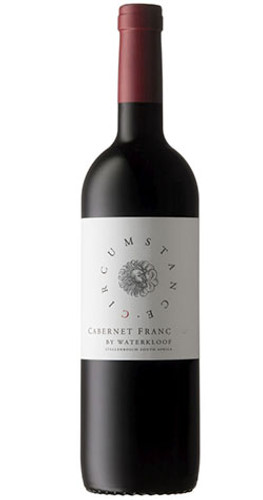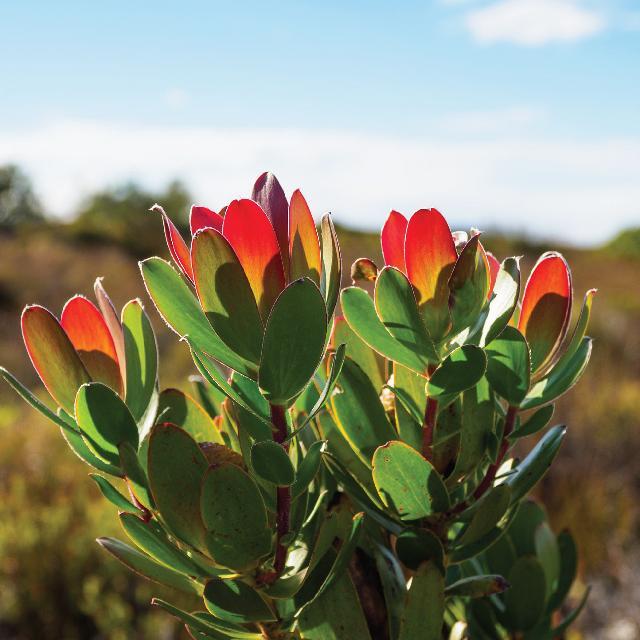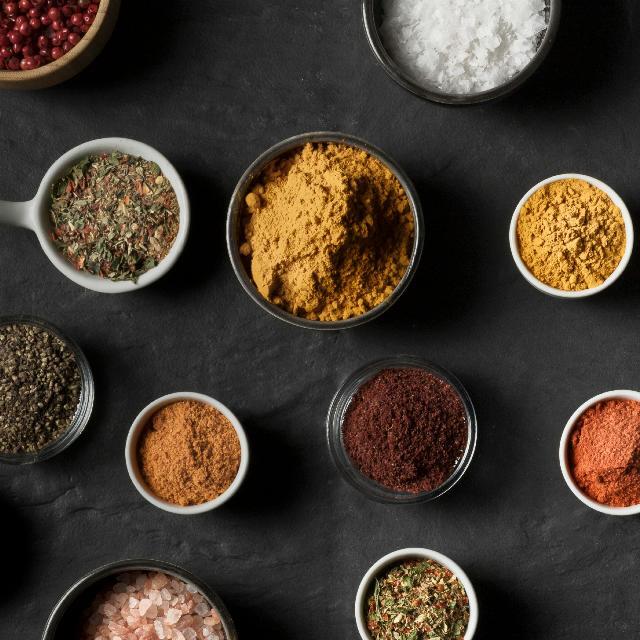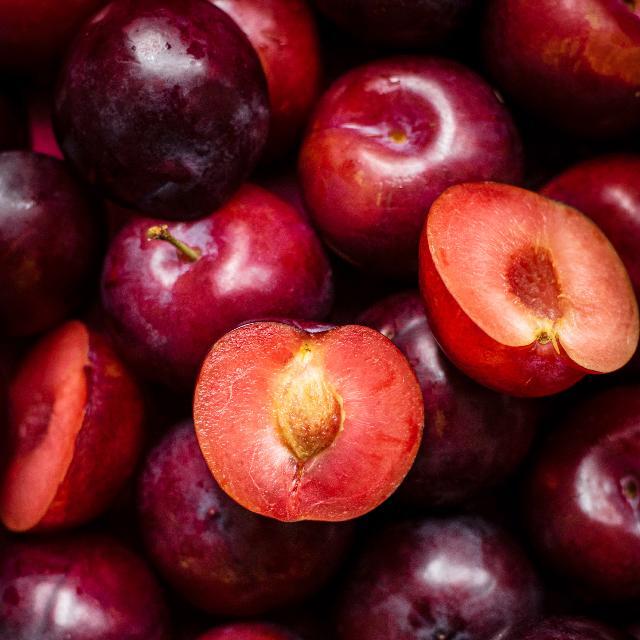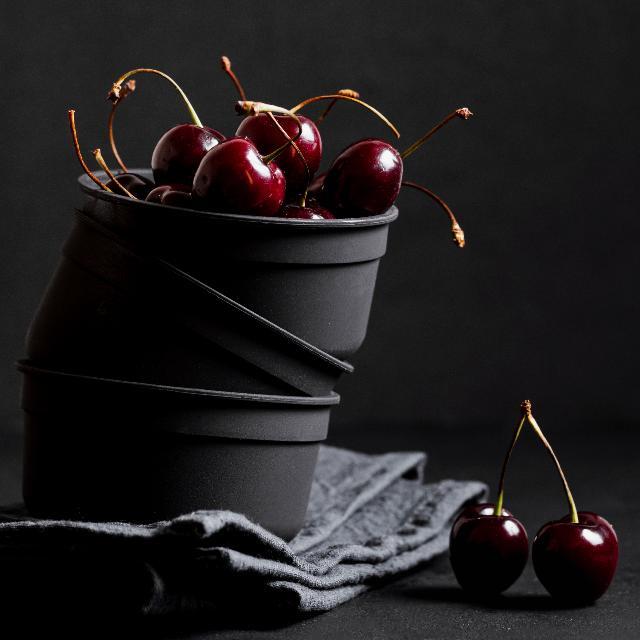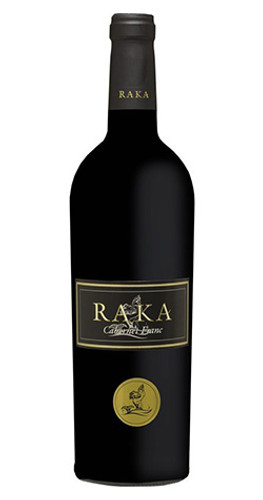This refined Cabernet Franc captures the essence of Helderberg with aromas of Cape fynbos, warm spice, and ripe plum. Black cherry undertones add depth to the bouquet, while the palate shows elegant structure, fine tannins, and a fresh, driving acidity that ensures vibrancy.
Pair it with herb-marinated rack of lamb - parsley, thyme, and garlic - to highlight its savory complexity. A wine of poise and personality, it beautifully reflects Waterkloof’s commitment to terroir-driven excellence.
Pair it with herb-marinated rack of lamb - parsley, thyme, and garlic - to highlight its savory complexity. A wine of poise and personality, it beautifully reflects Waterkloof’s commitment to terroir-driven excellence.
Cabernet Franc is the original “Cabernet” grape, being one of the parents of Cabernet Sauvignon (a cross between Sauvignon Blanc and Cabernet Franc).
This varietal ripens earlier than Cabernet Sauvignon, making it ideal for the cool slopes of the Helderberg region.
All the grapes are hand-picked, cooled overnight and then processed the following morning. Bunches are hand-sorted so that only the best grapes are then placed into wooden fermenters via the winery’s gravity-flow system. The alcoholic fermentation started spontaneously with the natural yeasts found in our chemical-free vineyards.
Punch downs during the fermentation process took place twice a day. First by feet and then at the end of fermentation, with a soft punch-down machine to ensure a moderate extraction of color and tannin.
The wine spent a total of around 30 days on the skins to help integrate the tannins. The skins were separated from the juice via gravity-flow and then gently pressed in a basket press.
All the wine went through malolactic fermentation in about 11 % new oak and the rest in 2nd and 3rd fill French barrels and was then aged for 32 months.
Winemaker: Nadia Barnard
This varietal ripens earlier than Cabernet Sauvignon, making it ideal for the cool slopes of the Helderberg region.
All the grapes are hand-picked, cooled overnight and then processed the following morning. Bunches are hand-sorted so that only the best grapes are then placed into wooden fermenters via the winery’s gravity-flow system. The alcoholic fermentation started spontaneously with the natural yeasts found in our chemical-free vineyards.
Punch downs during the fermentation process took place twice a day. First by feet and then at the end of fermentation, with a soft punch-down machine to ensure a moderate extraction of color and tannin.
The wine spent a total of around 30 days on the skins to help integrate the tannins. The skins were separated from the juice via gravity-flow and then gently pressed in a basket press.
All the wine went through malolactic fermentation in about 11 % new oak and the rest in 2nd and 3rd fill French barrels and was then aged for 32 months.
Winemaker: Nadia Barnard
Waterkloof is located on the southwest facing, low-yielding and windswept slopes of Schapenberg (overlooking False Bay). Here the blustery southeastern (and sometimes the northwest wind as well) churns up the vineyards with regularity. This not only allows for a very low yield, but the flavors intensify a flinty minerality.
We use organic and biodynamic winemaking methods and adhere to Old World, sustainable practices in our vineyards to ensure that the vines are nourished and in balance. Our soils are free of chemicals and are kept healthy by using plant extracts, fungi, and bacteria from our own organic compost.
The two single vineyard blocks which we used are about four kilometers from the sea and are planted at a height of between 270 and 300 meters above sea level. The soils are of sandstone origin with medium-sized stones, helping with drainage and moisture retention. The vineyards are 20 years old.
We use organic and biodynamic winemaking methods and adhere to Old World, sustainable practices in our vineyards to ensure that the vines are nourished and in balance. Our soils are free of chemicals and are kept healthy by using plant extracts, fungi, and bacteria from our own organic compost.
The two single vineyard blocks which we used are about four kilometers from the sea and are planted at a height of between 270 and 300 meters above sea level. The soils are of sandstone origin with medium-sized stones, helping with drainage and moisture retention. The vineyards are 20 years old.


